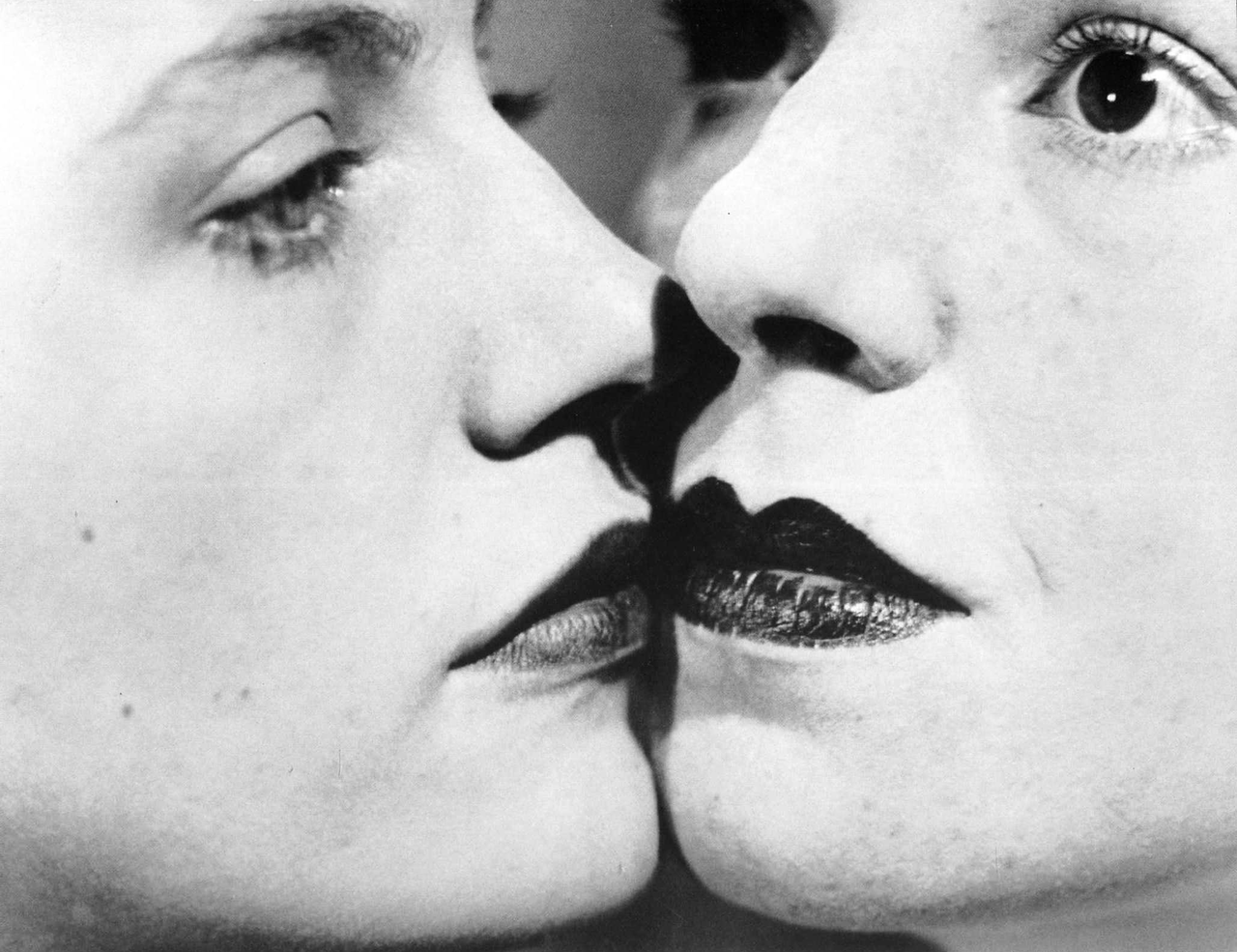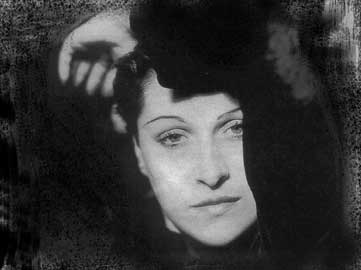
A Brief History of
Portable Literature
Enrique Vita-Matas
Anne McLean & Thomas Bunstead
Translators
(New Directions)

Marcel Duchamp, inventor of the museum urinal (now mounted in the Urinal Museum in Aix), always carried around with him a box-in-a-suitcase filled with miniature reproductions of all of his works. This became for the artists of the early 20th century an "anagram" for portable literature and portable art, treated exhaustively in this book.It means just what it says: it's art that you can carry about with you. This is opposed to non-portable art, such as the Spring Temple Buddha in Henan, China, the largest statue in the world at 502 feet. Or even Michelangelo's fourteen-foot "David" which according to reports, is about to tumble over because David's shapely, thin ankles just cannot be carrying around five-and-a-half tons forever and a day.
You could also consider the portability of the Statue of Liberty, weighing in at 450 tons, or Banksy's newest project, "Dismaland," a drab collection of abandoned Ferris wheels and merry-go-rounds, called a "bemusement park," located on a 2.5-acre seafront site in Weston-super-Mare. The Hollywood Reporter tells us that some of the art works there include
a decrepit version of Disney's classic Sleeping Beauty castle, a paparazzi-ridden crash scene of Cinderella and her carriage, and a warped model of The Little Mermaid's title character . . . plus a pool with tiny model boats full of refugees and a Grim Reaper sitting in a bumper car. Surly stewards wearing Mickey Mouse ears also are on hand to offer insincere-sounding welcomes.
Now that may be brash, or churlish art, but can in no way be considered portable.
In this volume, Vita-Matas offers us the boîte-en-valise which transfixed, for example, Walter Benjamin, who promptly invented a "joyous book-weighing machine" which would identify those books that were too ponderous, or, by contrast, were acceptably miniature."
According to Portable Literature, Benjamin and Duchamp "were kindred spirits" despite the clunkiness of the latter's "Fountain," of indeterminate weight, designated by Peter Bürger as a major landmark in 20th-century art. (Wikipedia informs us that seventeen replicas were subsequently commissioned by Duchamp in the 1960s, which means that we are now up to our knees in what he initially titled "Fountain." Fountain of what we are never told. Certainly not Fountain of Youth.)
Portable Literature, also advises us that Benjamin and Duchamp
both were vagrants, always on the move, exiled from the world of art, collectors weighed down by many things --- that is, by passions.
"Both knew that to miniaturize is to make portable, and for a vagrant and an exile, that is the best way of owning things."
There was another side to this need-to-hide, for "to miniaturize also meant to make useless." "The love of small things is a childish emotion" wrote Duchamp. It was related to his noted preference to remain unattached, to be what he designated as "a bachelor machine."
Thus he and the others of this miniature society were "portable artists," easy to carry around. (Henri de Toulouse-Lautrec is not mentioned in this regard, at lest not in this volume, but he too, at least to the naked eye, appears to be eminently portable.)
§ § § This tiny association soon evolved into a secret fraternity, known as the "Shandy Society" in honor of Laurence Sterne, author of a not-so-microscopic sprawling novel, Tristam Shandy. As neo-anarchists, the members did not believe in rules, laws, nor law and order, so the unwritten guidelines of the Shandies included:
an innovative bent, an extreme sexuality, a disinterest in grand statements, a tireless nomadism, a fraught coexistence with doppelgängers, a sympathy for negritude, and the cultivation of the art of insolence
During the course of Portable Literature, we get to meet the many characters who loved the little, praised the puny, boosted the brief, loved the lilliputian, thrilled at the teenies, demanded the dinky diminutive, and probably would have relished the eenie-weenie polka-dot bikini. Which easily might have been their insignia had it existed in 1924.
At least that is what Vita-Matas implies, because as he hauls up their petite flag, we get to see who salutes, and, speaking of lilliputian, he manages to squeeze into his circus VW beetle such artists as Artaud, Joyce, Klee, Dali, Céline, accompanied by Tristan Tzara (founder of dada), Walter de la Mare (poet), Aleister Crowley (freaky mystic), Man Ray (photographer), Blaise Cendrars (who wrote at length about Friar Cupertino, the flying monk), Italo Svevo (rumored to be the model for Ulysses' Leopold Bloom), Rita Malú ("dressed as a frigate"), and the superb sculptor Henri Gaudier-Brezeska (see Fig. 4 below).
It gets pretty claustrophobic down here in Portable Literature land, but we can be relieved that the book is jammed, as well, with silliness, semi-madness, quackery, and a portable schizophrenia, which it wallows in with wry whimsicality. For instance: in the mid-twenties of the twentieth century, the four founding Shandies set off for Port Actif at the mouth of the River Niger, in Africa. They were enamored of its name because it was the homonym to the French word portatif, which means "portable."
On the patio of the Café du Louvre, nipping on their ouzos, they spied a woman passing by --- "a tall, tanned, extremely sensual a bona fide apparition." It turned to be none other than the American painter, Georgia O'Keeffe, in the company of the poet William Carlos Williams.
One of the Shandies, Ferenc Szalay,
attempting to guess the woman's nationality, roundly asserted that there were but three sexes: men, women, and that French woman who had just furtively crossed the square.
Instantly in love, he set off to find her, and when he did, he confronted her. With her assistance, they immediately created the General Suicide Agency. No further mention of this prominent association appears further on in the book.

Wikipedia informs us that this very same Ferenc Szalay was named the Mayor of Szolnok, Hungary in October of 1998, and still holds that office, which may engender some dubiety on the part of the reader. Considering the date of the union of the Shandies (1924), and the most recent entry of Szalay's name, he can be assumed to have entered Hungarian political office when he was at least 100 years of age. That's all right, suspend your disbelief: Rita Malú who, as you recall, was earlier depicted as "dressed like a frigate," is revealed, by the same source, to be a famous rock singer from Madrid. (On the same page as this whopper, we learn that the Shandies once "installed themselves in the Bahnhof Zoo as a stationary submarine." They were looking for this immersion, or focus on their work.)
§ § § Odd not-so-facts like this, coupled with unlikely actions of other of the Shandies makes us not so much dubious of the truth of it all, but, more, bemused. Especially as, for example, being told that one of the Shandies, the master mystic Aleister Crowley, could be seen dancing at the Cabaret Zizkov under a ceiling draped with chrome-orange crystals, with, as Vita-Matas explains, "tropical grasses and hummingbirds."
Crowley was practicing the serpent dance, which requires the lower half of the body (from the hips to the toes) to move and nothing else. Going down into the crypt and being hit by the liquid oozing from the crystals, Crowley had turned black, and was moving his knees in at least fifteen different ways, which, even for a black person, is really quite a number.
Another member of the Shandies, Beta Bocado, was not involved in "sharp, frenetic, desperate, portable projects." Beta is also not to be found anywhere on the internet, which --- speaking of tiny portable objects --- may itself be about as portable as you can ask.
One conclusion that we must draw from A Brief History of Portable Literature is that it is verifiably a book, and since "a book is a fragment of the world . . . it is also a small world in itself, a miniaturization of the world inhabited by the reader."
--- Pamela Wylie